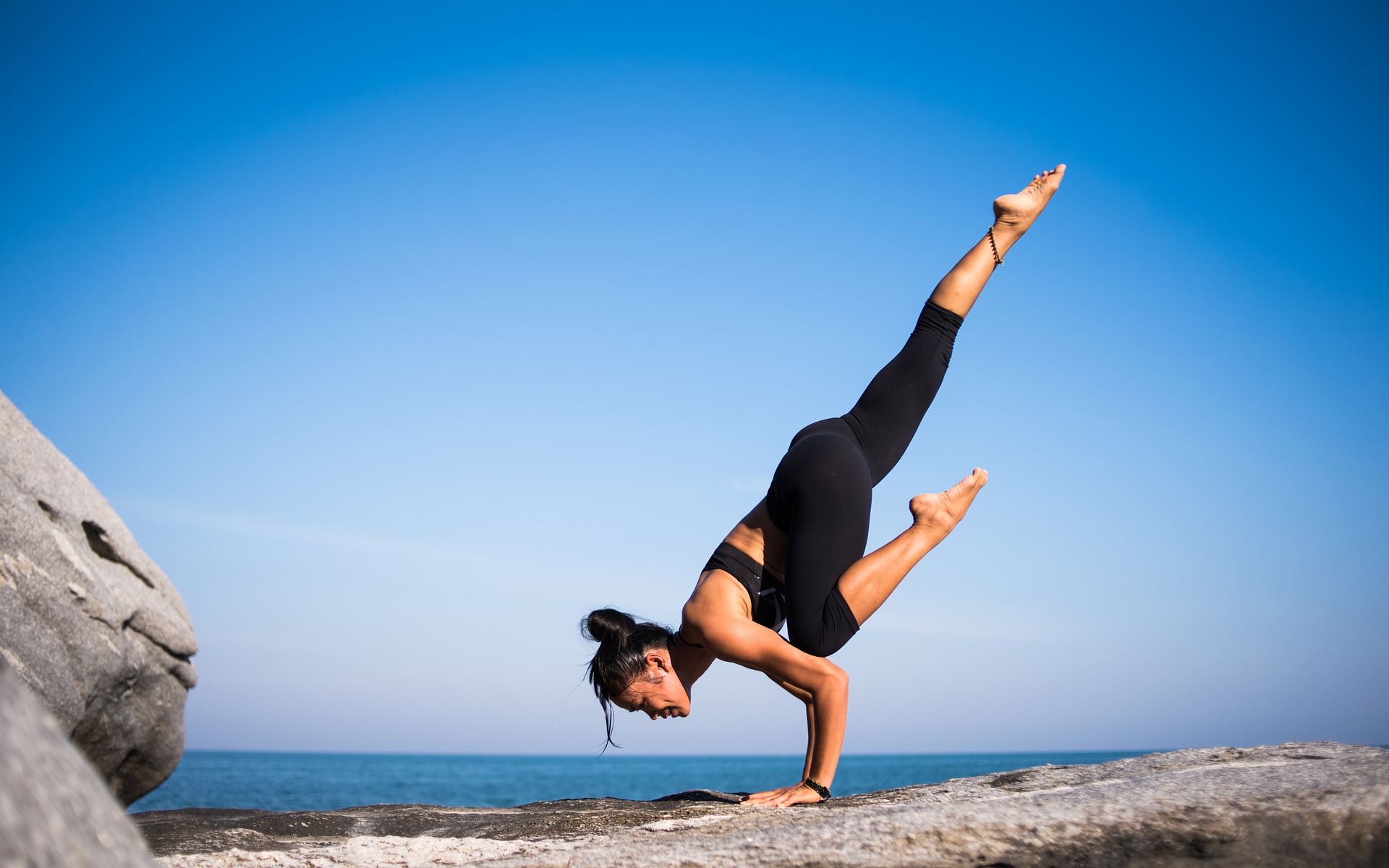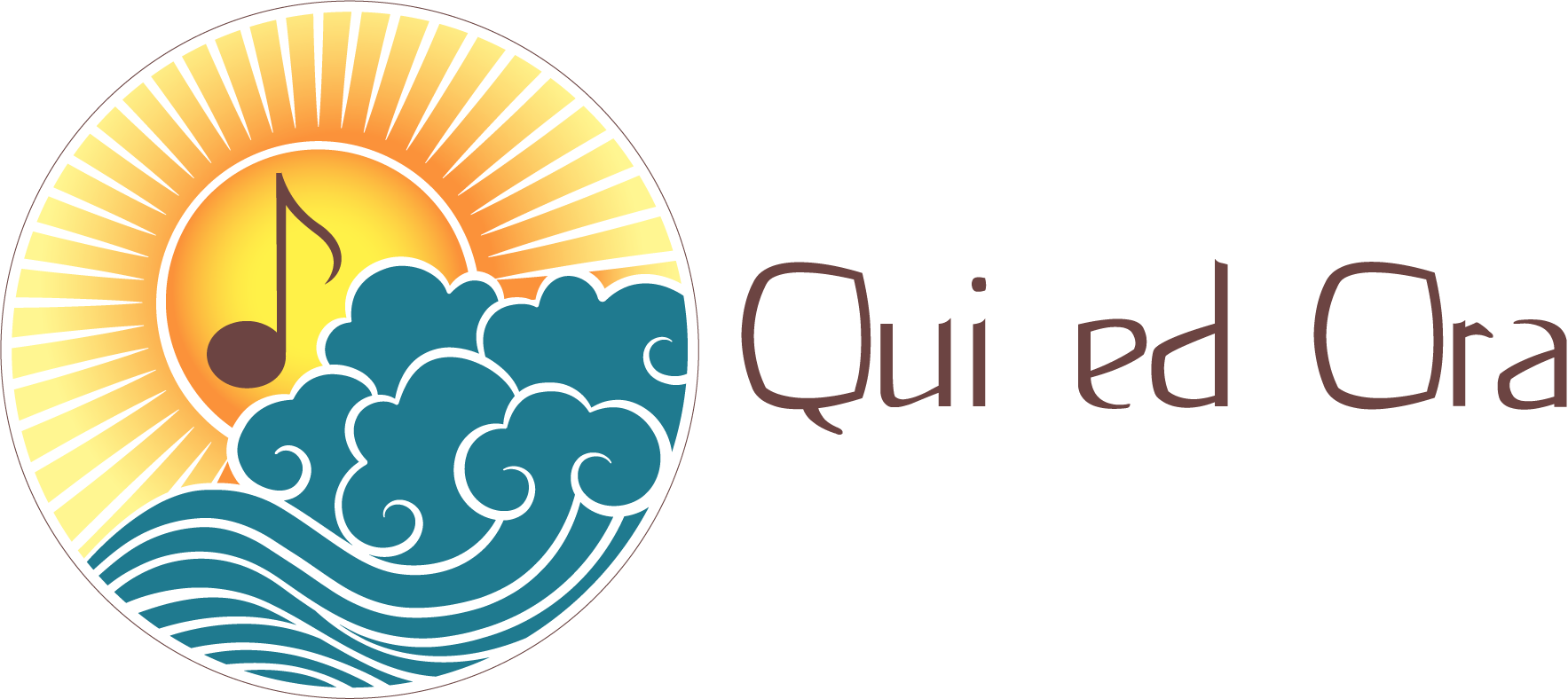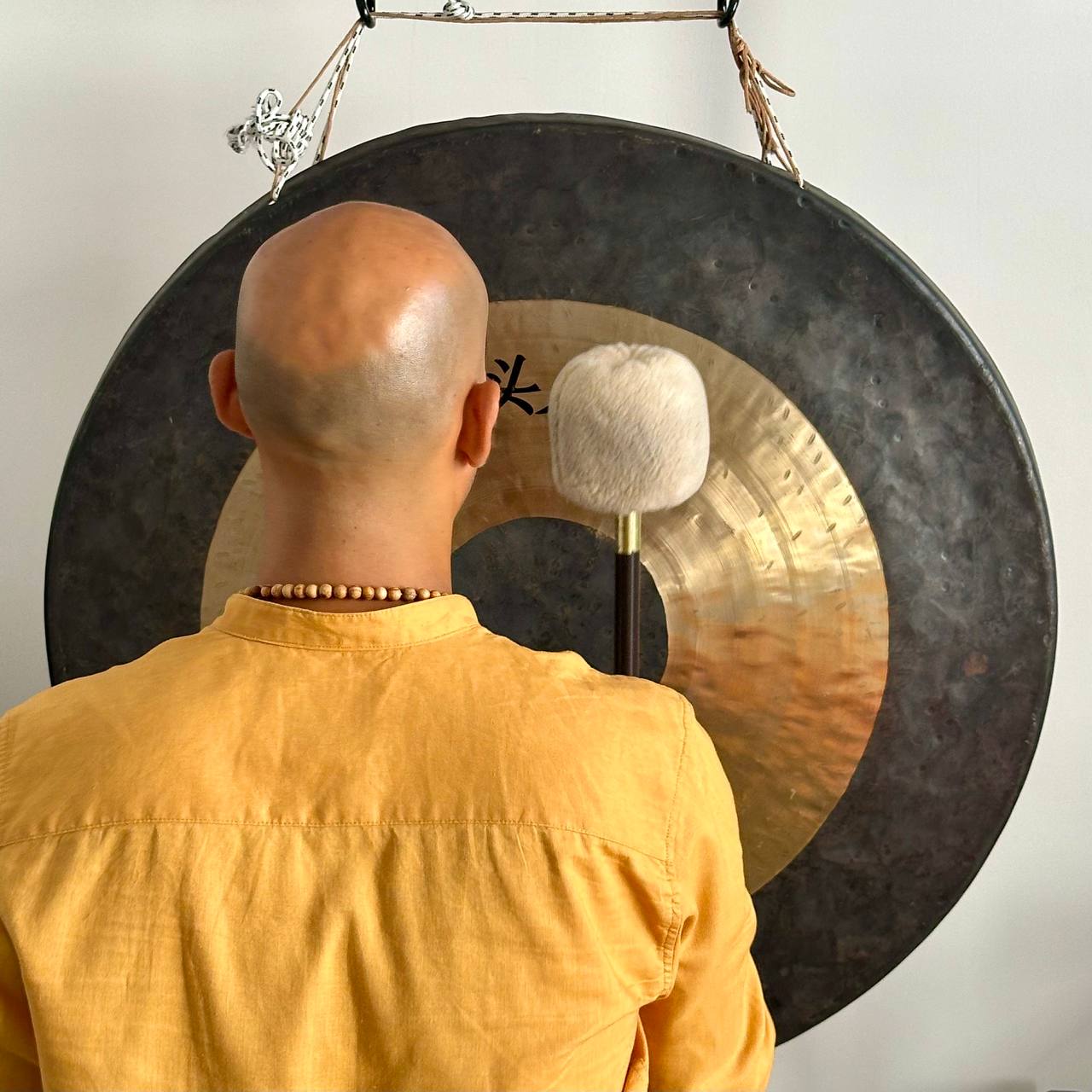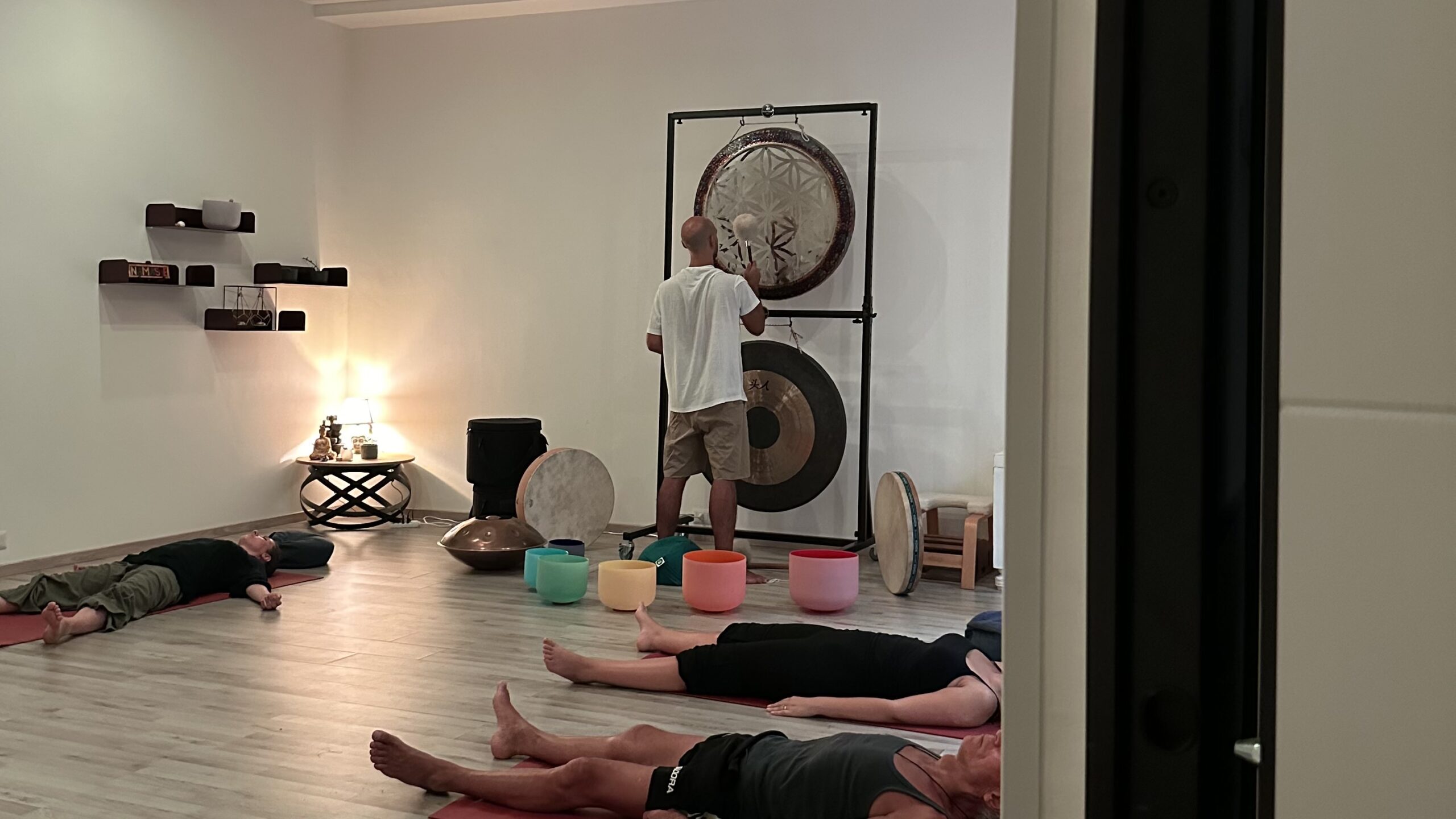Your cart is currently empty!
In daily life we encounter a variety of internal and external stressors every day, such as financial worries, job frustrations, health problems, traffic, etc.
Our body very often fails to understand the difference between an external threat or an internal threat (such as a thought, a memory, an emotion): both are treated as threats to be eliminated by activating the so-called ‘fight or flight mode’, increasing thus the state of physical tension with consequent increase in heart rate and blood pressure, sweating and other significant physiological reactions.
When this fight-or-flight reaction develops without there being a real imminent threat to our lives, we reach the peak of arousal, but we do not have the subsequent physical discharge or even the recovery phase, but instead we hold all our energy. emotional charge and this gives us a constant state of stress in our body.
Today most of the stress we experience comes mainly from:
– Real and imagined threats to our social position
- Frustrations
- Expectations
- Daily inconveniences
For all these reasons it is important to change the way we respond to stressors, and we can do it through mindfulness. By learning to focus in the present and through mindfulness, it’s easier to learn to distinguish real stressors from imagined ones.
In this article we will discover some of the most effective relaxation methods that can help you reduce daily stress, better face the most insidious moments of the day and guarantee yourself a lasting well-being in your daily life.

Yoga Nidra – Deep relaxation
Yoga Nidra is one of the aspects of yogic practice, also called yogic sleep, as it brings the practitioner into a sleep-like condition while maintaining the state of consciousness, for this reason it is also called deep relaxation
Yoga Nitra is practiced in the supine position. This position is made comfortable according to the physical condition of each practitioner. It can also be practiced by placing supports where tensions or pains are felt in some parts of the body, for example by placing a pillow under the knees or a rolled up blanket under the neck. It is recommended to be well covered with your own clothes and possibly with a blanket, because during relaxation, especially in winter, the body temperature drops.
After arranging and covering the body, the practice begins following the teacher’s voice: one proceeds by contracting and releasing the muscles of the various parts of the body following a precise order, mentally relax all the parts of the body and finally observe the state of relaxation of the body, of one’s own breathing and finally we observe the peace achieved within us. Finally, the teacher remains silent for a few minutes. In this second silent part of the practice, if we manage to remain conscious, let’s say in a state similar to the one preceding sleep, we will be able to experience a beautiful and regenerating sensation, during which we will reach an introspection similar to that of meditation.
Mindfulness – MBSR protocol
The Mindfulness Based Stress Reduction (MBSR) program was developed by Prof. Jon Kabat Zinn and his collaborators in America in the late 1970s.
The purpose that animates Kabat Zinn is to allow people to welcome their reality, as it is given to them, be it pleasant or unpleasant.
It is therefore not part of the common relaxation techniques, but a real method which, thanks to a voluntary act of our ability to pay attention, transforms us into a non-judgmental observer.
The mindfulness practices proposed by the Mindfulness protocol allow you to train yourself to see what is there, without getting trapped, whether they are events, emotional states, thoughts to easily abandon states of tension related.
Mindfulness can be practiced at any time of the day. The practice can be formal and informal.
The practice of formal Mindfulness requires carving out time every day to dedicate to meditation, in silence, paying attention to the breath, to the senses, to the emotions, sounds…
The practice of informal Mindfulness, on the other hand, does not follow precise rules. It consists in becoming aware of everyday life, paying new attention to all those daily activities that we often carry out by putting them on “autopilot”: eating, walking, taking a shower, driving, doing household chores.
Music therapy
Scientific studies show that music greatly affects the psychophysical balance of the individual, regulates the heartbeat and breathing, obviously by listening to suitable pieces of music. Music therapy is the discipline that uses music and its elements (sound, rhythm, melody, harmony) as a therapeutic tool, through non-verbal communication, thanks to a relational use of the sound element, in order to promote the well-being of the whole person, body, mind and spirit.
Used among the mental relaxation techniques, music therapy offers breathing exercises combined with the use of the voice, with the free expression of vocality to vent and counter anxiety and mental tension. The music therapist, having in-depth knowledge of the subject, can help him in choosing the most suitable pieces for him to lead him to conscious listening.
The pieces are always chosen following the compositional characteristics and techniques that lead to deep relaxation
Lie on your back and listen to this song whose combination of soothing frequencies generates Delta brainwaves that are the perfect accompaniment for relaxation and defeating insomnia, anxiety and stress.
Yoga and Tai chi Qi gong.
Yoga is a relaxing practice par excellence, following the breath with each movement, feeling the air filling the lungs and going to work in the right points with each asana, induces a deep contraction which implies a state of calm and relaxation and absence of thoughts. The meditative and sung part of mantras or yogic music, such as that played with the bansuri, the Indian bamboo flute, will do the rest. With tai chi, defined as “first mobilization and then movement”, the blood flows better, the tendons relax and muscle tension is avoided. Qi gong refers to a set of practices and exercises related to traditional Chinese medicine and partly martial arts involving meditation, mental concentration, breath control and particular exercise movements. Qi gong is generally practiced for the maintenance of good health and both physical and psychological well-being, through the care and growth of one’s internal energy (Qi).







